"SEC | S20W3:"Identification and Elimination of Crop Pests"
Assalamu Alaikum steemian friends. Hope you all are well and participating in every engagement contest in the new week. Each week's engagement contests are fantastic. So I came to enter this wonderful engagement contest organized by the community. Here the topic is "SEC | S20W3:"Identification and Elimination of Crop Pests". I think the @Steem-Agro community shares perfect content. So I am Inviting my lovely Steemian friends @patjewell,@irawandedy, @o1eh, @shohana1, @solaymann, @sushanta83 to Participate in this Competition. However, I will discuss this topic in detail and answer each question. stay with me.
When you visited the crop field, what pests did you observe there? How did you identify that it was a pest?
When I visited the crop fields I noticed many types of pests. I am not a farmer so I did not know their names then. But I heard from my cousin what are these kits and how are they identified. The pests we observe when we inspect the crop fields can be a variety of insects. For example..
| Name of the insect | Images |
|---|---|
| Insects :- Insects like rice leafhopper, ants, fruit fly etc | 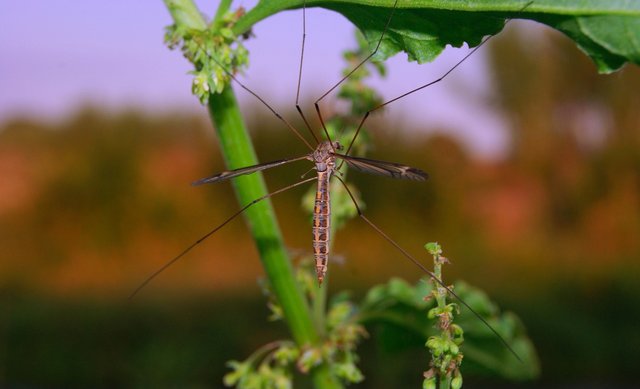 Image Source Image Source |
| Insects resistant to pesticides :- Some insects develop resistance to pesticides and continue to damage crops | 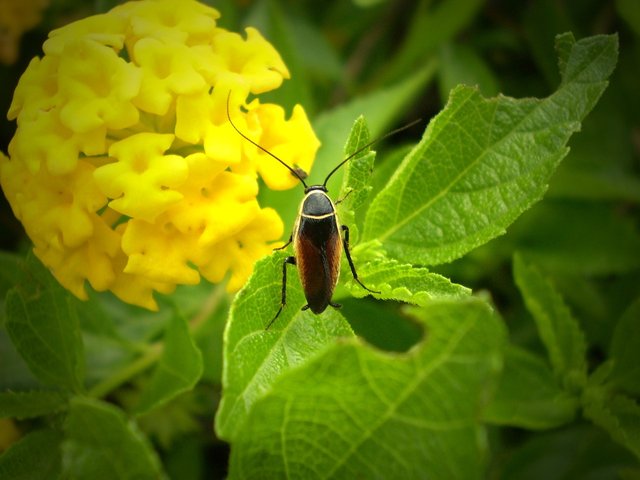 Image Source Image Source |
| Larvae :- Insect larvae that can feed on leaves and roots of crops | 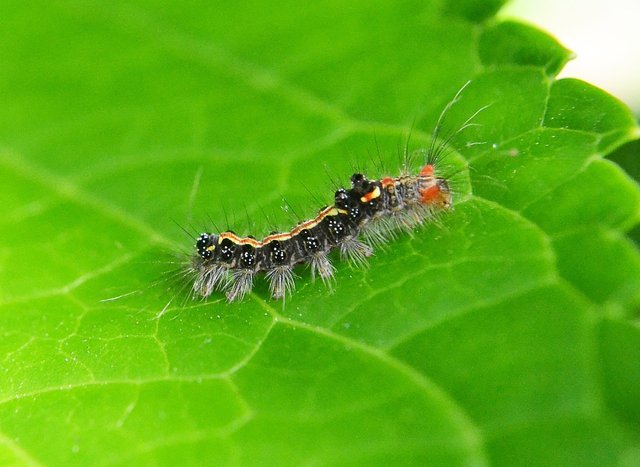 Image Source Image Source |
| How did I identify them? |
|---|
Body Structure :- The body of insects is generally small, mostly consisting of three segments (head, thorax, and abdomen) and six legs. If he notices these features, he knows it is an insect.
Damage present :- If the leaves, fruits or roots of the crop are eaten or punctured, this may indicate the presence of pests.
Movement :- Insects usually move or fly quickly which can be easily seen.
Shape and Color :- Some insects have a specific color or shape. Such as green or brown insects common to crop fields. Based on these symptoms in the crop field one can easily identify that it was a pest.
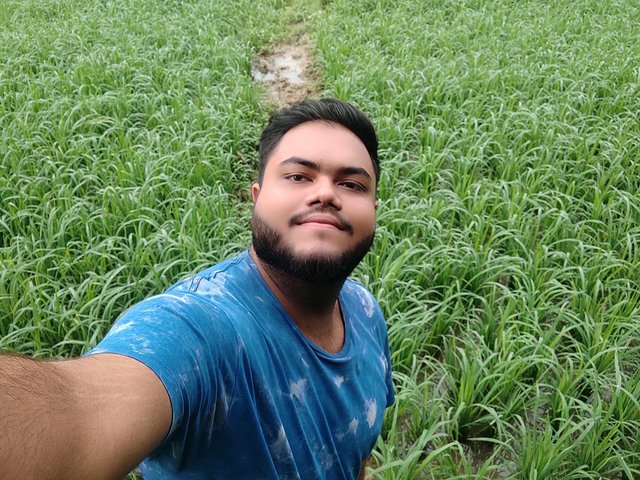 captured by my phone
captured by my phone
Which pesticides do you think are suitable for controlling the pests you observed in the field? Please express your own opinion. (Note: For your convenience, the names of the pesticide groups are mentioned above.)
I've heard that there are a few things to consider when choosing pesticides for pest control. Such as pest type, crop type, environmental impact and pesticide efficacy. In my opinion one or more of the following insecticides can be used.
Neem Oil :- Neem oil is a natural insecticide which is effective against many types of insects. It inhibits the growth of insects and disrupts their feeding process. It is eco-friendly and safe for crops so it is my first choice.
Biological Pesticides :- Pesticides such as bacteria or fungi. such as Bacillus thuringiensis (Bt), which poisons the gut of insects. It is particularly effective against larvae and some other insects.
Imidacloprid :- It is a neonicotinoid type of insecticide which is especially used to control sucking insects such as aphids, whiteflies, thrips. It attacks the nervous system of insects and paralyzes them causing death.
Imidacloprid :- It is a neonicotinoid insecticide that affects the nervous system of insects and kills them quickly. However, caution is required in its use as it can also affect beneficial insects such as honey bees.
Pyrethrin :- It is a natural medicine which is obtained from chrysanthemum flowers. It is effective against most pests and relatively safe for the environment.
Describe the method of trapping insects by creating a pest trap using various natural materials (such as containers, adhesive substances).
Making traps using natural materials is an effective and environmentally friendly method of pest control. These traps are made using various natural materials such as pots, glues and natural attractants. Following are some common and effective trap making methods..
| Pots and sugar/flaky water traps... |
|---|
| Materials | Method |
|---|---|
| Small plastic or clay pot | Take some water in a bowl and mix it with sugar to make a sweet solution. Pieces of ripe fruit can also be used. |
| Water | Bury the container in the soil near the crop so that insects are attracted to the smell and enter the container. |
| Something with sugar or fiber | Insects entering the container will become trapped and die. |
This trap is useful for fruit flies, ants and other insects attracted to sweets.
| Sticky Trap... |
|---|
| Materials | Method |
|---|---|
| Thin pieces of cardboard or plastic | Paint a piece of plastic or cardboard bright yellow or blue, as these colors are attractive to insects. |
| Adhesives (eg tree resins, vaseline) | Next apply an adhesive (such as Vaseline or tree resin) to the plastic. |
| Bright colors (yellow or blue) | Hang it high up or on a tree branch in a crop field or by the side of a field. Then the insects will be attracted to the color and get stuck in the glue. |
This trap is useful for flying insects such as suckers, whiteflies and leafhoppers.
| Result | 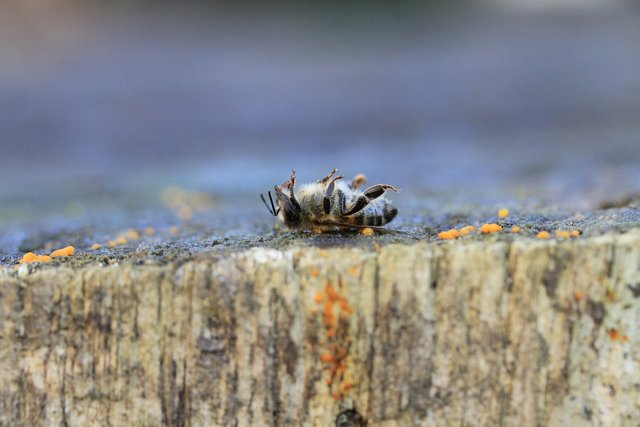 Image Source Image Source |
|---|
| Red light trap... |
|---|
| Materials | Method |
|---|---|
| A red bulb or LED light | Create a red light source, such as a red light bulb or LED light. |
| plastic bottle | Place the light near the mouth of a bottle. |
| adhesive tape | Apply some adhesive tape or liquid glue to the bottle. Flies will be attracted to the red light and enter the bottle and get stuck in the glue. |
This trap is useful for flying flies and other insects.
| Result | 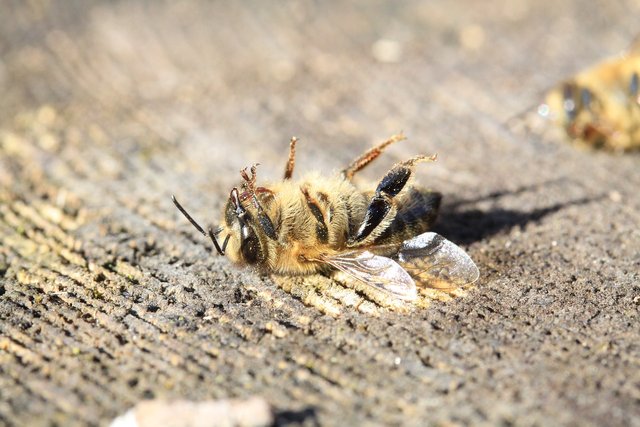 Image Source Image Source |
|---|
Discuss in detail which crops you think the use of bio-chemicals is beneficial and cost-effective.
I think the use of bio-chemicals is beneficial and cost-effective in several crops. The use of bio-chemicals is particularly useful in crops that are damaged by excessive use of chemical pesticides or that require long-term stability. Mentioned below are some of the crops where I think bio-chemical application is beneficial and cost-effective.
| Crops name | why use | what are the benefits? |
|---|---|---|
| 1. Vegetables, such as tomatoes, cabbage, eggplant. | Pest and disease problems are widespread in vegetable production. The use of chemical pesticides can damage the quality of crops and even have a negative effect on the health of the consumer. | Safer crop production at lower cost and reduced risk of chemical residues. |
| 2. paddy | Rice is also attacked by a variety of diseases and pests, such as leafhoppers and weevils. | Protects soil health and increases crop yield. It is cost effective and environment friendly method. |
| 3. Spice crops | Maintaining the quality of spice crops is important, as there is a risk of chemical pesticide residues during processing of these crops. | The quality of the crop is maintained and it is affordable, especially in organic spice markets fetching good prices. |
| 4. fruits | Pesticide residues are a major problem in fruits, especially those grown for export. | Fruit quality and taste remain intact and the risk of chemical use is reduced. |
| cost-effective |
|---|
| Biopesticides cost less to develop and apply than chemical pesticides. |
| Less impact on soil quality and environment. |
| Residues of chemicals in crops do not pose health risks. |
| Increases disease resistance and protects soil biodiversity. |
Make a chart of which pesticides are used for which pest in your area and discuss with us. Special Note: If not aware of this, a permanent farmer or anyone involved in agriculture can take help.
The rural areas of Bangladesh are attacked by different types of pests for which different pesticides are used. But not being aware of this, I took the help of a permanent farmer. Below is a chart of the crops grown in our village showing the common pests of different crops and the pesticides used accordingly.
| Type of crop | Name of pest | Pesticide application | method used |
|---|---|---|---|
| Rice | Leafhoppers, Corn beetles Carbaryl | Benzofuran | By spray method |
| Wheat | chain worm, aphid Imidacloprid | spray or granular | |
| Potato | potato beetle, cutworm | fenvalerate, chlorpyrifos | spray and dusting |
| Eggplant | Fruit borer of eggplant | cypermethrin, acephate | spray method |
| Tomato | whitefly, thrips | imamectin benzoate | spray method |
| Mustard | mustard leaf beetle | carbosulfan | spray method |
| Maize | armyworm, stem borer | colorardan, diazinon | spray method |
| Pepper | sucking insect, spider | acifate, spinosad | spray method |
Here is a chart showing the crops commonly grown in our village. Generally, the best time to spray insecticides is in the afternoon when the temperature is lower and the air flow is less. Each pesticide should be applied according to the dosage and directions given on the packet. Wear protective equipment such as gloves, masks, and safety glasses when using pesticides. Extra care should be taken in the use of pesticides so as not to harm the environment, especially to prevent water pollution. So I hope you have answered all my questions. Thank you for being with me this long. See you again bye friends.

So I am Inviting my lovely Steemian friends @patjewell,@irawandedy, @o1eh @karianaporras, @shohana1, @bossj23, @sushanta83 to Participate in this Competition.
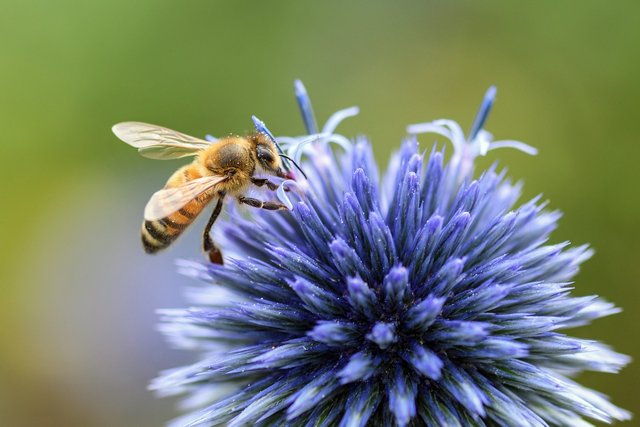
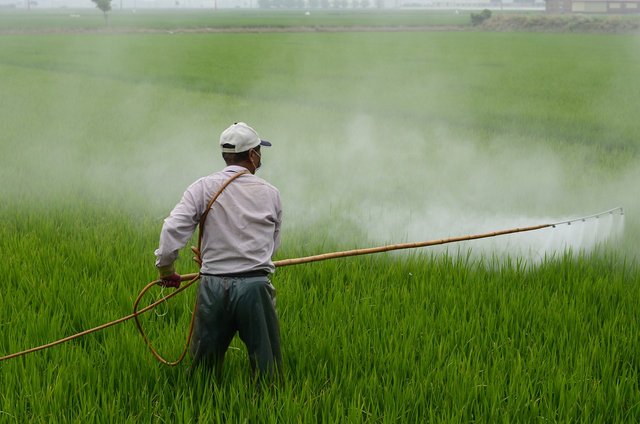

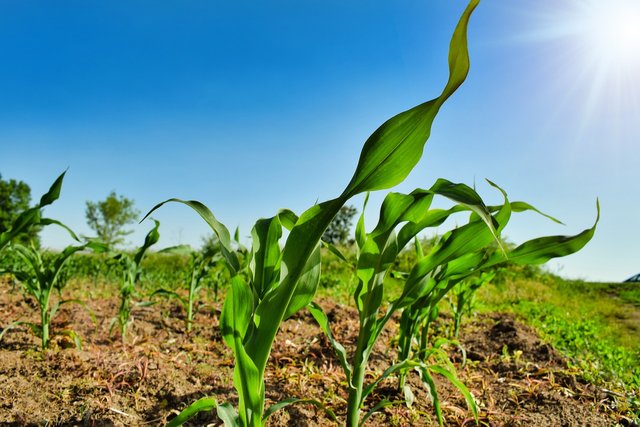
Twitter share link : https://x.com/Maxpro51412/status/1839172202383683981?t=2ML2AiXca4A4Hpqq7fvF2Q&s=19
Upvoted. Thank You for sending some of your rewards to @null. It will make Steem stronger.
Welcome to the agro-learning challenge season 20.
Observations and suggestions:
. You have demonstrated good knowledge in expressing your views relative to the questions asked. However, your content has upto 21% of foriegn contents in it. I hope this is removed as it does not represent quality with us.
Thank you for your participation.
We hope to see you in week 4.
Be specific about what exactly you asked to be removed.
TEAM 4
Congratulations! Your post has been upvoted through steemcurator06. Good post here should be..Thanks @jyoti-thelight mam for your valuable support. Your valuable support encourages me to give my best. Respect for you always. 💐